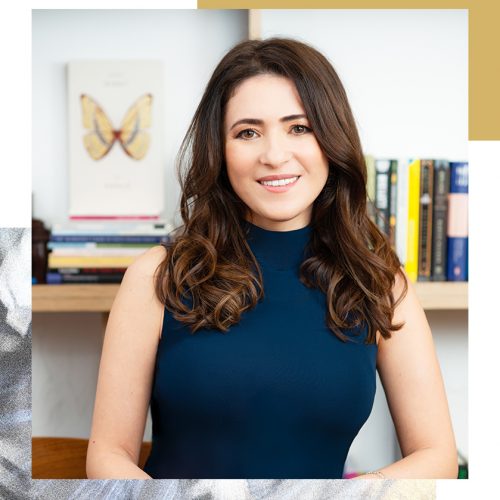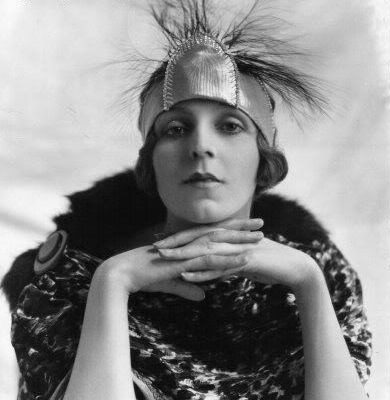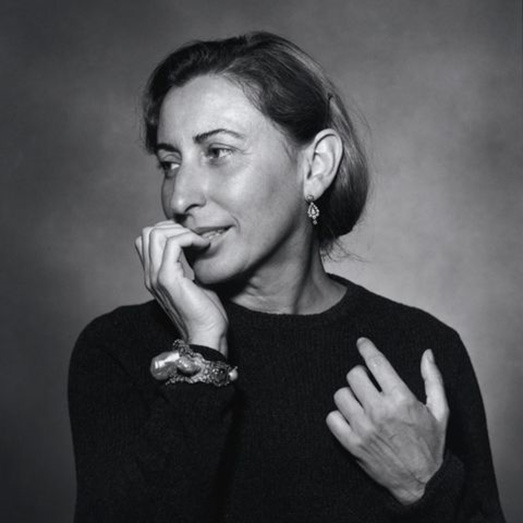The founder of Diesel and Chairman of the OTB (Only the Brave) Group, Renzo Rosso is an ‘alternative’ fashion entrepreneur who started off as a teenager running a tailoring service from home where he made bell-bottomed jeans to sell to his friends. He later studied textiles at the Marconi Technical Institute in Padua, and at the age of 20 joined Moltex, a clothing manufacturer. With a loan of $4,000 borrowed from his father, he bought 40 percent of the company and changed the name to Diesel. He eventually bought the rest of the shares for half a million dollars, after the brand took off. In the 1980s, the brand took off riding the wave of the denim craze, and it was Renzo Rosso’s entrepreneurial instincts, so vital to the success of any fashion brand, that allowed him to recognize and follow this particular cultural shift.
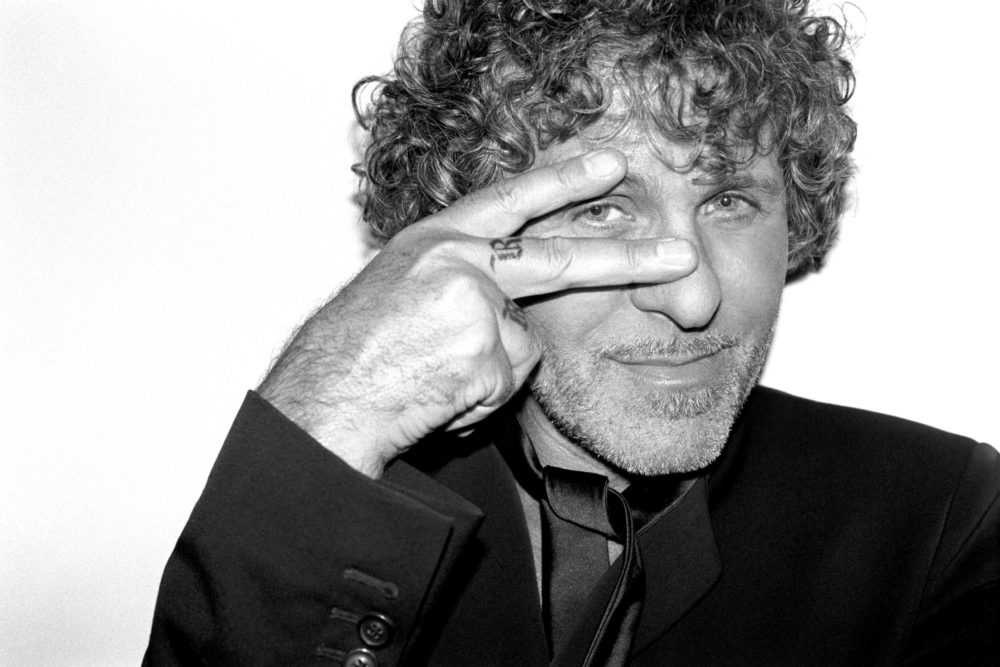 Renzo Rosso. Photo source: Diesel
Renzo Rosso. Photo source: Diesel
The brand’s success can be measured by its revenues, which skyrocketed from $2.8 million in 1985 to $25.2 million in 1987, and in 2015, its revenues were USD $2 billion. It remains the largest business in the OTB group – the conglomerate that Renzo Rosso started to build in 2000, and describes as ‘an alternative luxury group.’ It differs from other luxury conglomerates in the brands it houses. In Rosso’s words, they are “cool, brave, and different” and include Jil Sander, Maison Margiela, Marni, Victor and Rolf, and Amiri, among others. In fact, Rosso just recently added Jil Sander to his portfolio, acquiring 100 percent of the company.
In addition to the ‘cool’ brands it houses, what differentiates OTB from the other luxury conglomerates is its focus on manufacturing and product, while others have marketing, distribution, and communication at the forefront. If I were doing a competitive analysis study, I would also list Renzo Rosso himself as OTB’s sustainable competitive advantage, because he sets the tone as a clear leader.
I had the chance to attend the FT Business of Luxury Summit, where Renzo Rosso spoke to FT’s Fashion Editor Lauren Indvik, and what stood out to me is his vision for the future of luxury and the way he operates as a fashion entrepreneur. He is a fashion entrepreneur who values creativity above all else. For instance, with Jil Sander, he gives the creative team free rein and focuses on providing them with “the best of the best” in management.
The right fit: For a strategic partnership to work, one of the most important things is finding the right fit. Whether you are hiring a designer or looking for a supplier, you need to hire the right person, one who fits with your vision. Renzo Rosso’s latest acquisition of the Jil Sander brand is very much a testament to this principle. He wasn’t looking to add just any brand to his portfolio, but Jil Sander’s vision and ethos fit the vision of the OTB group, hence his decision.
“We look for someone whose vision aligns with ours. Modernity, cool, the right fit for the conglomerate. “
“For Jil Sander, we need to run the company in a very professional way. I will do my best in logistics, production, marketing, and we can offer them resources and education to do what they do better now. There is a tremendous opportunity to grow, to develop retail and online. The collection is very beautiful, and already the new collection has started to sell 30 percent more. I just want to put my expertise to get to work in a more professional way. We can give direction in terms of merchandising – that’s an area where we can do a lot. Creativity is important.”
What struck me about Rosso’s vision is that he recognizes creativity as the most important asset, and lets the creative be, while offering support.
 Jil Sander fashion show. Photo source: Journal du Textile
Jil Sander fashion show. Photo source: Journal du Textile
Adapting to change: In my previous articles, I have talked about the necessity of adapting to change, and in fact, I see it as one of the fundamental assets of any fashion entrepreneur and brand. The pandemic was a chance for us to see this take effect because you needed to adapt fast and you had almost no chance to stop and ponder or step back. As biologist Charles Darwin determined, those who can best adapt to their environment have the best chance of survival, and this theory applies to fashion entrepreneurship as well.
As Renzo Rosso notes, “The pandemic’s effect on consumer expectations is important: the positive side is that it accelerated something that was already on the way. It’s a digital world, and while OTB was already there, this rapid acceleration became very real. Now with the pandemic, we develop a product in 3-D, and this made our company better, more organized. The companies today have the chance to see the business in a different way, in a more modern way.”
Sustainability as a must-have: If sustainability was once a catchword, tossed about as a marketing strategy in order to sound impressive and responsible, that is no longer the case. If the pandemic demonstrated anything to us, it’s how inter-connected our world is, and for the sake of the world’s people, sustainability is no longer a choice, it is an imperative for all of us, including fashion brands.
In the words of Renzo Rosso, “Sustainability is a must. Consumers want to see a better world. You can create a sustainable product and make a better world. Even the retailers and consumers now tell you they want a sustainable product. We are doing a lot not only in terms of material (you can have fabrics that are sustainable, you can use less water; we don’t use chemical colours, only vegetables), but we also have to do things on the social side. We audit our suppliers and partners to see if they work in a sustainable way. We take care of people working for us too. “
The future of retail: The pandemic was an equivalent of a global earthquake that was felt particularly in retail channels of the fashion industry. Apparel retailers are supremely important to the fashion industry, employing millions and generating billions in revenue. Grappling with the shifting realities of the pandemic while simultaneously planning appropriately for the post-pandemic world required quick action, agility, thoughtful planning, and above all, foresight on the part of the industry.
What does Renzo Rosso see in retail’s future? “It makes no sense to have too many stores. [Have] fewer stores in the most important cities. And these stores have to give experience.”
He cites China as an example of a country where OTB will increase its presence in the future: “OTB’s only 10 percent of presence there. So, we’ll invest retail-wise in China. Product made for China needs to be adapted to that country, and I have to make sure I have different products in different countries. So when you travel you can go and see a different product. This way you can be excited as a consumer, and see something different when you travel.”
“[Your] brand needs to be on all channels. You need to decide who you are, and how big you want to be in these channels. I still believe in retail and wholesale in the long term. You need to have your website, be in the multi-brand stores and department stores – they are also very important. Let’s not forget.”
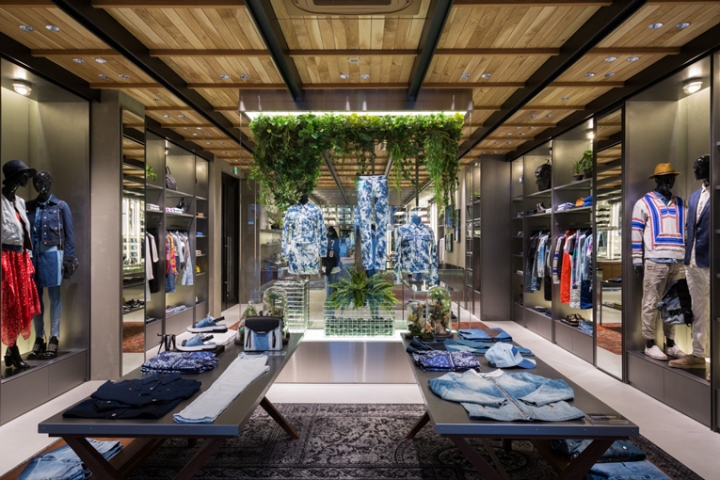 Diesel store in Tokyo, Japan. Photo credit: Retail Design Blog
Diesel store in Tokyo, Japan. Photo credit: Retail Design Blog
On taking risks: When Renzo Rosso hired John Galliano as a creative director for Maison Margiela, it took many by surprise. Yet taking the risk worked. OTB saw overall consolidated turnover fall 14 percent in 2020 to €1.3 billion (USD $1.6 billion). But revenue at Maison Margiela rose 20 percent, enjoying growth across all regions and channels.
Explains Renzo Rosso, “I didn’t see it as a risk, because I spent a lot of time with John before, and we became friends. I saw his vision for the future, and it was just magic, and he said ‘I would like to work with Margiela now.’ Before you hire someone, you need to get to know them. [With John] I knew how he sees communication, what his vision is, and we tried to live with the brand together before we started to work together. Our creative directors stay longer because I meet them every month, and we share the vision for doing better.“
“Every dress has a story behind it. For this reason, Margiela grew in all categories, and did so even during the pandemic, and even with haute couture.”
Ultimately, says Rosso, “I like to tell my managers that you have to feel this is your own company. And in our company, we like to do what other people don’t do.”
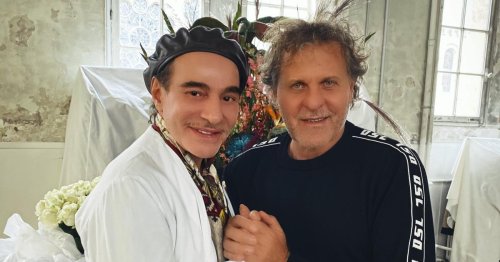 John Galliano and Renzo Rosso. Photo source: WWD
John Galliano and Renzo Rosso. Photo source: WWD
